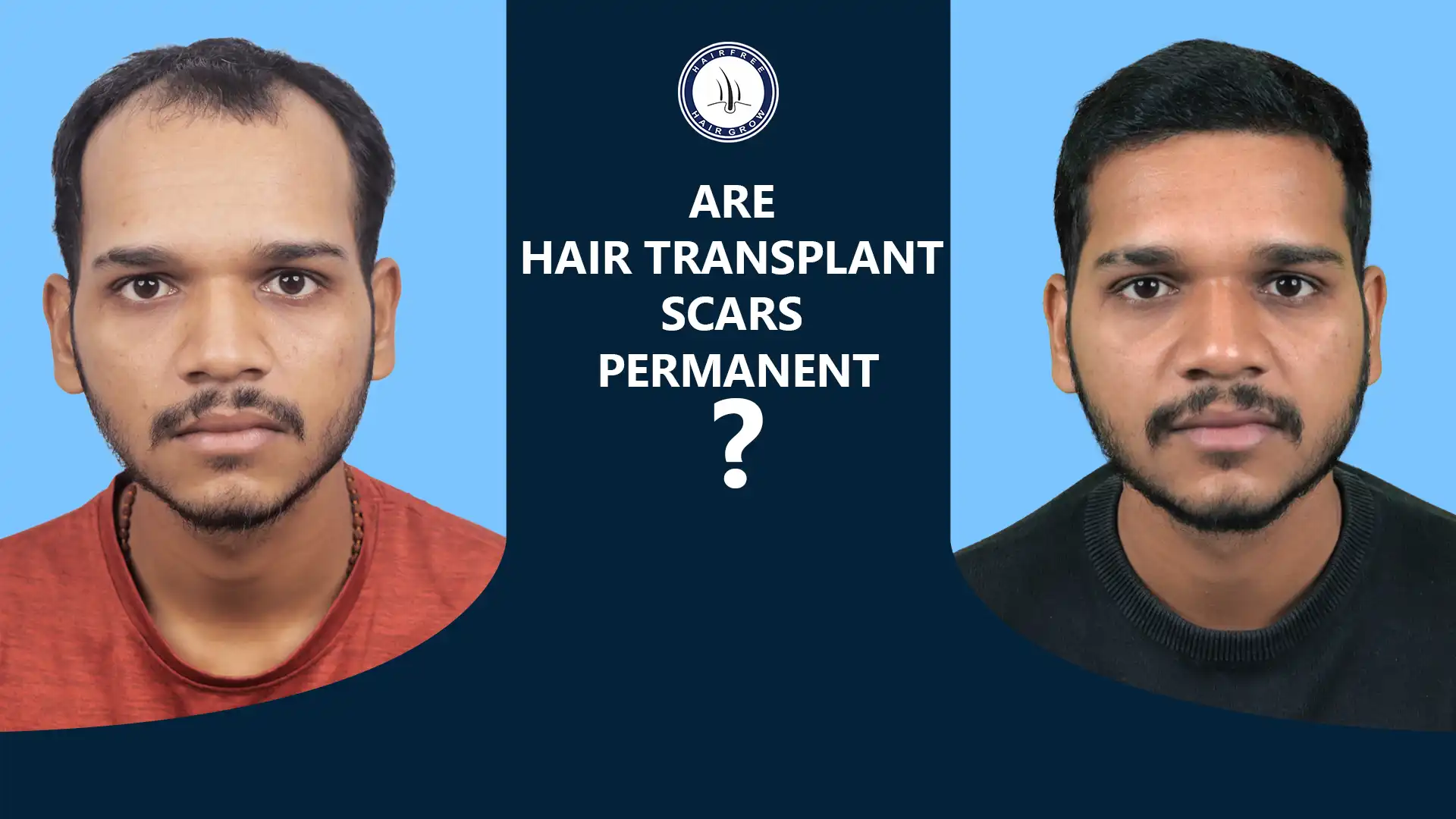
Are Hair Transplant Consultation Free? What to Expect and Why They Matter
Yes, many hair transplant clinics offer free consultations. These consultations allow you to discuss your hair loss concerns, evaluate your

Approximately 50 million males and 30 million females are affected by androgenetic alopecia in the United States.
The hair loss in the front area tends to hairline receding, as grade 1-2 male pattern baldness is very common.
One common cause of a receding hairline is age. As we get older, the risk of experiencing hair loss increases. In fact, it’s estimated that more than 50% of males over the age of 50 have some degree of hair loss. By the time people reach age 70, nearly 80% of males and 50% of females are affected. It’s a natural part of the aging process.
Lifestyle choices can also play a role in a receding hairline. Research suggests that smoking increases the risk of early-onset androgenetic alopecia, so if you’re a smoker, that might be a contributing factor. Additionally, inadequate nutrition, such as not getting enough essential vitamins and minerals in your diet, may lead to more hair loss compared to those who have a balanced diet. So taking care of your health and making healthy lifestyle choices can positively impact your hair health too!
Hormonal changes can also contribute to a receding hairline, particularly in males. A hormone called DHT, which is an androgen hormone, can impact the hair growth cycle and lead to what’s known as male-pattern baldness. The hair grows in cycles, lasting anywhere from 2 to 7 years. But excessive DHT stimulation can disrupt this cycle, speeding up the growth phase and delaying regrowth. This can result in thinner hair or even baldness.
Family history is another significant factor. If your father or close relatives have experienced hair loss, you may be more prone to it as well. In fact, if your father is bald, you could be 5 to 6 times more likely to lose your hair, and you might even follow a similar pattern to previous generations in your family. It’s all in the genes!
Certain medications and medical treatments can cause hair loss too. For example, chemotherapy is a well-known treatment that often leads to temporary hair loss. Illness or stress can also trigger a condition called telogen effluvium, where you experience sudden shedding of hair in a short period. The good news is that in many cases, this type of hair loss reverses itself without treatment.
Diagnosing a receding hairline involves a few steps that your dermatologist might take to understand the type and cause of your hair loss.
By combining these methods, your doctor can better understand the nature of your hair loss and its potential causes, which helps in devising an appropriate treatment plan.

Medicine: If you’re noticing your hairline receding due to getting older, you might not need any specific treatment for it. But if a health issue is causing your hair to thin out, you might need medication.
Surgery: Hair restoration surgery. Its one day procedure and easy to perform with no risk or minimum risk

Yes, many hair transplant clinics offer free consultations. These consultations allow you to discuss your hair loss concerns, evaluate your

Generally, no, hair transplants are not covered by insurance in India, especially for cosmetic purposes like male pattern baldness. Hair

Yes, hair transplant scars are generally considered permanent, but their appearance can improve over time and be minimized with careful
Find Out in 3 Minutes, Your Hair Problem Solution.